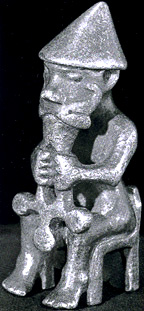The above small bronze statue (about 2.5 in, 6.4 cm), probably made about A.D.
1000, was found on a farm at Akureyri in
Iceland. It portrays the bearded god Thor with his hammer.
Click on image for full size
Image reproduced by courtesy of the National Museum of Iceland, Reykjavik.
Thor
In Norse mythology, Thor was the god of thunder. He produces thunder with his
hammer, called Mjolnir, which means "The Destroyer". This hammer was made by
dwarfs, and would magically return to Thor's hand whenever he needed it. Thor was depicted as a tall, muscular man with red hair and a beard. His magic belt could double his incredible strength, while his iron gloves protected his hands. His greatest enemy was the World Serpent, which lived in the ocean surrounding
Midgard, the Earth.
There are only a few stories remaining about this mighty champion of the gods. One tells of a quest to destroy the dreaded World Serpent. Disguised as a young fisherman, Thor joins the giant Hymir in his boat. Using the head of an ox, Thor got the beast on his line. He attempted to kill the serpent with one giant swing with his sword. However, a scared Hymir cut the line, sending the serpent back into the ocean, just before Thor could finish the job.
Thor was also challenged to a duel by the giant Hrungnir, who had a stone head and heart. Thor's companion, Thjalfi, tricked the giant into standing on his shield. This allowed Thor to swoop down from above and shatter his head.
You might also be interested in:
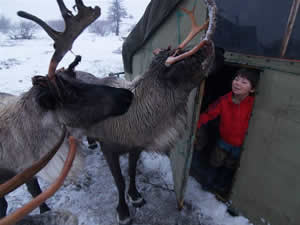
There are people of different cultures and backgrounds who live in the Arctic region. Read on to learn more about two of these cultures. Inuit The Inuit are the native cultures that continue to live on
...more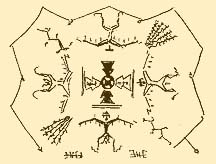
Ahsonnutli was the sky father and chief god for the Navajo. He created heaven, Earth, and the sky. Each of the four directions, or cardinal points, are supported by a giant. Each direction is symbolized
...more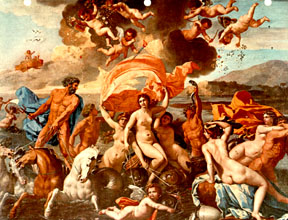
Amphitrite was one of the sea-nymphs called the Nereids. One day the sea god Poseidon saw her dancing and fell desperately in love with her. He promptly asked her to marry him but unfortunately she refused.
...more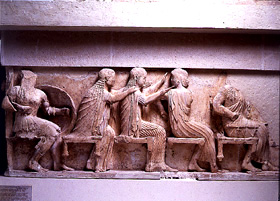
Aphrodite was the Greek goddess of love and beauty. She was known to the Romans as Venus. To the perfection of her figure and the purity of her features she added an innocent grace. On her sweet face she
...more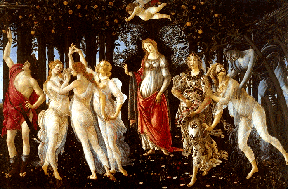
In Greek mythology, Apollo was the son of Jupiter(in Greek Zeus) and Leto (Letona). He was the god of the Sun, logic, and reason, and was also a fine musician and healer. Leto travelled all over Greece
...more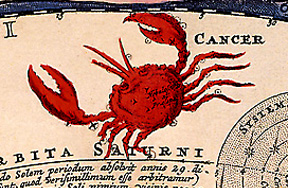
According to an ancient Greek legend, the figure of a gigantic crab was placed in the nighttime sky by the goddess Hera to form the constellation Cancer. Hera swore to kill Heracles, the most famous Greek
...more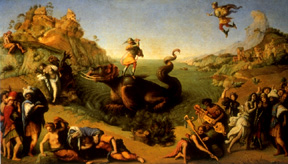
In the Northern Hemisphere sky is the constellation Cepheus, king of Ethiopia, and that of his wife Cassiopeia. Cassiopeia claimed that she and her daughter Andromeda were more beautiful than the sea nymphs,
...more


